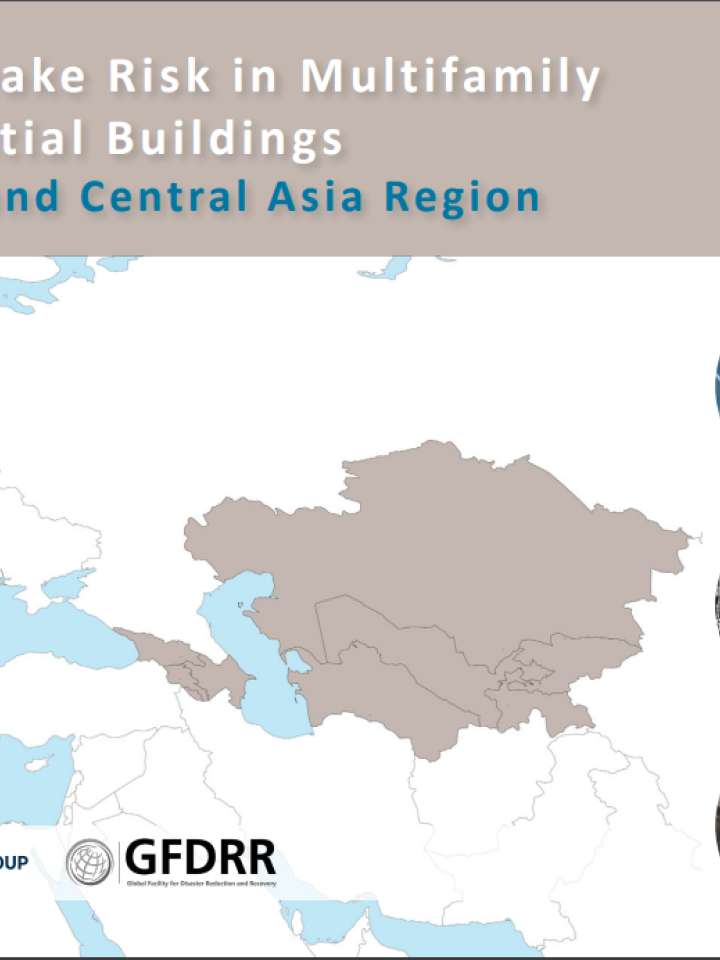Earthquake risk in multifamily residential buildings : Europe and Central Asia region (English)
This study investigates earthquake risk of multifamily buildings constructed before 2000 across 27 cities in 20 countries within Europe and Central Asia (ECA) to better understand their behavior and potential losses when subjected to earthquakes, and to inform recommendations for mitigation. The intended audience for this report includes government officials, policy and decision makers, engineers, researchers and analysts, among other stakeholders and beneficiaries.
The study evaluated seven broad classes of multifamily buildings found in the cities and countries under consideration. The buildings are categorized into classes based on their behavior when subjected to earthquake shaking, and according to the data available across the different cities
The following recommendations and applications are proposed for seismic risk reduction of multifamily buildings in the Europe and Central Asia region:
- Prepare databases with building information relevant to the earthquake risk assessment on a large scale.
- Collect data on buildings’ current condition and level of maintenance to understand their vulnerability.
- Develop an appropriate earthquake risk reduction strategy and prioritization plan for investment in predisaster risk reduction measures.
- Integrate earthquake risk reduction measures into ongoing investment programs.
- Update current codes and legislation related to safety assessment and retrofit of existing buildings.
- Increase public awareness about earthquake risk.
- Design and promote the adoption of risk financing and risk transfer strategies by owners and residents. See the Recommendations section for further detail. Results of this study offer government officials, decision makers, engineers, researchers, and stakeholders, among other users, a high-level understanding of earthquake risk to multifamily residential buildings and are intended to be a starting point for addressing seismic risk and prioritizing interventions
Explore further
